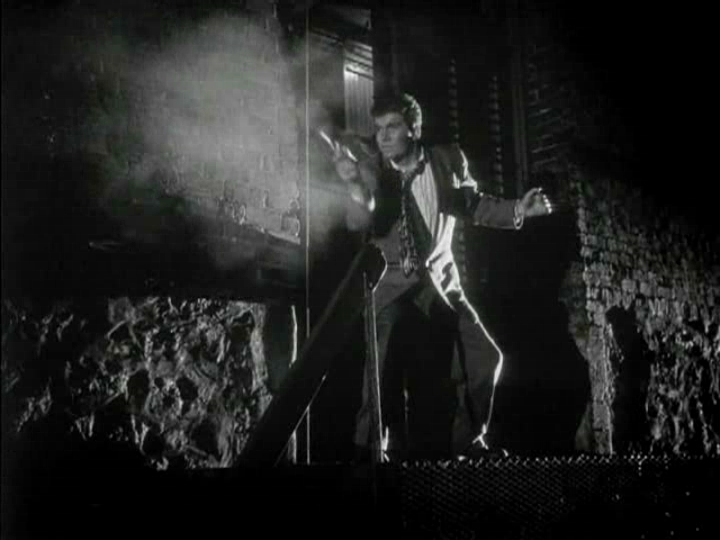Today in Movie Culture: 'Batman v Superman' 1995 Version, 'Star Wars: The Force Awakens' Alternate Ending and More
Here are a bunch of little bites to satisfy your hunger for movie culture:
Alternate Timeline Movie of the Day:
Here’s what a trailer would look like for Batman v Superman: Dawn of Justice if it came out in 1995 (via Screen Crush):
[embedded content]
Movie Takedowns of the Day:
Also in honor of Batman v Superman, Honest Trailers takes shots at both the 1989 Batman and the 1978 Superman:
[embedded content]
[embedded content]
Supercut of the Day:
Fitting for the week of a new Zack Snyder movie, here’s a showcase of the use of slow motion in movies (via Cinematic Montage Creators):
[embedded content]
Mashup of the Day:
Let’s give the other big superhero conflict movie of the year a spot today, too. Here’s the Captain America: Civil War trailer redone with footage from the animated series Avengers: Earth’s Mightiest Heroes (via Geek Tyrant):
[embedded content]
Vintage Image of the Day:
William Shatner, who turns 85 today, in action in his first movie role in The Butler’s Night Out at age 20:
Alternate Ending of the Day:
According to this funny Lego-animated edition of How It Should Have Ended, Star Wars: The Force Awakens would have been a lot different if Luke Skywalker had shown up much earlier:
[embedded content]
Origami of the Day:
Speaking of Star Wars, we recently shared a video showing how to fold an origami X-wing fighter. Now here’s instructions on how to make an origami Darth Vader (via Design Taxi):
[embedded content]
Cosplay of the Day:
We agree with the statement below about this Fantastic Four cosplay. Click on the link to see a gallery of 120 pictures, including great cosplay representing The Fifth Element, Labyrinth, Deadpool, Inside Out and Star Wars: The Force Awakens.
This Thing #cosplay from @C2e2 is literally better than any filmed version of The Thing: https://t.co/VAQLlr0vgg pic.twitter.com/wmuvY3oHaO
— Paste Magazine (@PasteMagazine) March 22, 2016
Sound Effect of the Day:
Disney animated movies have their own version of the Wilhelm scream. Movie Munchies pays tribute to 75 years of the Goofy yell:
[embedded content]
Classic Trailer of the Day:
Today is the 20th anniversary of the limited release of David O. Russell‘s Flirting With Disaster. Watch the original trailer for the comedy, which stars Ben Stiller and Patricia Arquette, below.
[embedded content]
and




